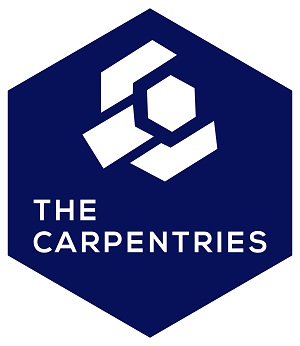Working With Data
Managing data (to subsequently do statistics on) is one of the strong points of R as a programming language. Now that you’re more comfortable with the basics of the language, it’s time to become more familiar with the ways in which we tend to work with biological data. We’ll go over the manipulation of these data, how to clean them, and glean general insights.
- Reading & WritingHow to get data into R, and then how to get the product back out
- Filtering & SubsettingFiltering particular parts of a dataframe via logical operators and other methods
- Selecting & Renaming ColumnsColumn operations via different methods
- Creating & Mutating ColumnsMaking new columns either independently or as functions of other columns
- Grouping & SummarizingSummarizing data that belong to definable groups
- FactorsWorking with the special data type factors and how they relate to grouping
- DatesHandle dates with ease using the lubridate package
- Reshaping DataMoving data into different formats, such as long to wide and vice versa
- Relational DataRelating multiple data frames across different sources and types of data
About R Manual
Learn more about this project
The R Manual is a resource contributed to by several authors and led by Dr. Shelby Riskin, and Dr. Jacqueline Sztepanacz. This resource is not officially affiliated with the R Programming language, but aims to help students with the steep learning curve associated with learning R for the first time.
Funding
This project is made possible through the University of Toronto Learning & Education Advancement Fund (LEAF) program
Additional Resources

U of T Coders
Student-led UofT support system for learning programing

The Carpentries
Software and Data Carpentries resources and workshops

R Modules (UofT Libraries)
Self-paced quercus modules on R and data visualization